The Carpathian transhumance, the seasonal movement of livestock and shepherds between summer and winter pastures along ancient routes, was entered in the National Inventory of the living elements of intangible cultural heritage, which is the first step for the induction of this tradition to the UNESCO list of Intangible Cultural Heritage, the Ministry of Agriculture and Rural Development (MADR) informs.
"The entry of this cultural element in the National Intangible Cultural Heritage is just the first step, as the process of inducting the Carpathian transhumance to the UNESCO Intangible Cultural Heritage of Humanity has also been initiated as part of a multinational file involving 10 states. The entry to the UNESCO heritage will allow a better enhancement of the economic and social dimension of this living cultural phenomenon and the adoption of measures to allow its passing down to the future generations," MADR said in a release.
The Carpathian transhumance is an economic, cultural, social, demographic and ecological phenomenon that determined the exploitation of new grazing grounds, the exchange of cultural elements between individuals and communities, the emergence of trade routes, the establishment of new settlements, the creation of toponyms and anthroponyms, thus contributing to maintaining the unity of the Romanian people.
"Despite the decline suffered by transhumant pastoralism in recent decades, this historical occupation of the Romanian people remains the main means of livelihood for a large number of shepherds in mountainous areas, preserving the features of a pastoral economy built over the centuries. Today, transhumance is a complex set of practices and knowledge regarding animals, high-altitude grazing, the crafts and products of the sheepfold, the pastoral community and its rituals, conferring identity to the mountain pastoral village with transhumant specificity and to the pastoral peasant household," the document reads.
According to the cited source, the activities carried out in this endeavor include the inventory of active transhumance practitioners, their involvement in the induction procedure, the facilitation of links between transhumant shepherds and the experts appointed by the National Commission for the Safeguarding of the Intangible Cultural Heritage to culturally document the phenomenon and set forth protection and conservation proposals.
The Romanian areas where transhumance is currently practiced are Muscel, Bran - Moieciu, Marginimea Sibiului, Covasna, Sacele-Brasov, Vaideeni, Baia de Fier, Polovragi, Novaci, Perisani, Marginimea Sebesului, Vrancea, Nucsoara, the Petrosani Depression and the Sangeorz Bai Depression.

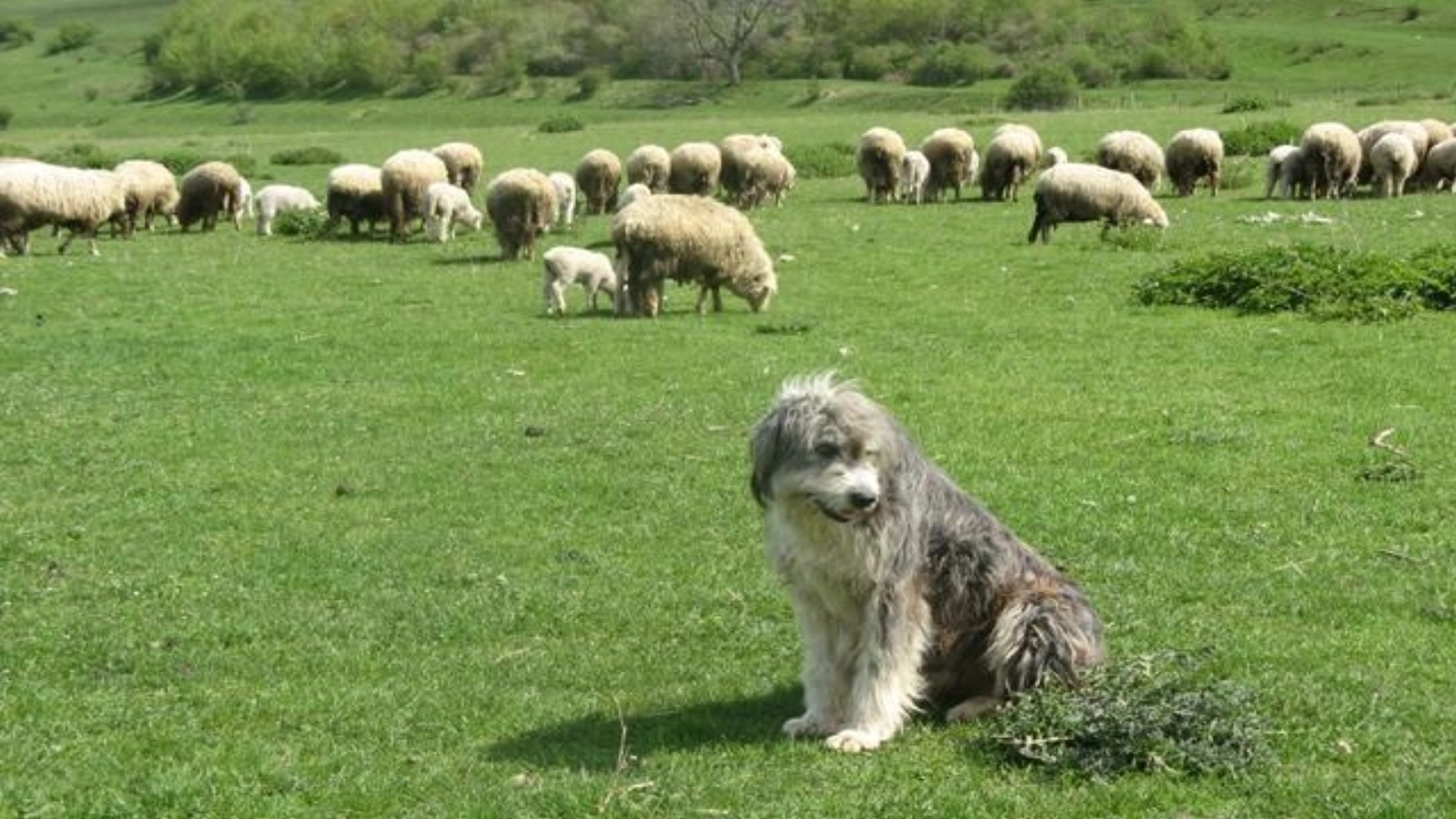











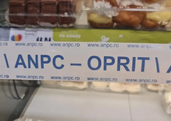

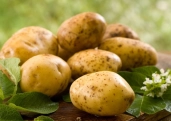

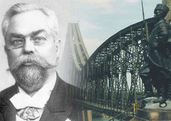


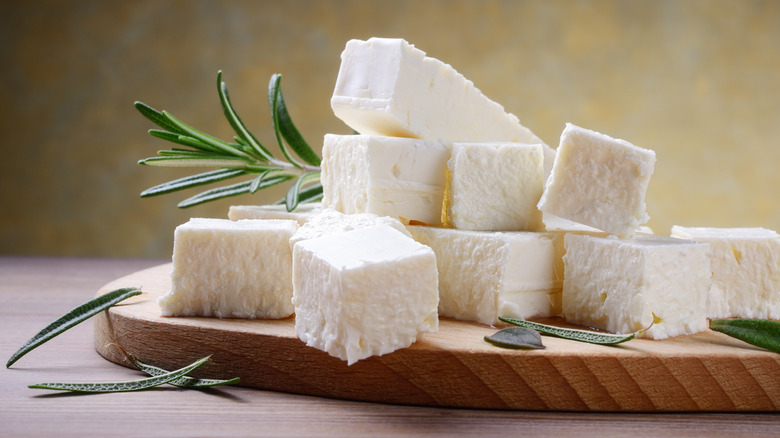
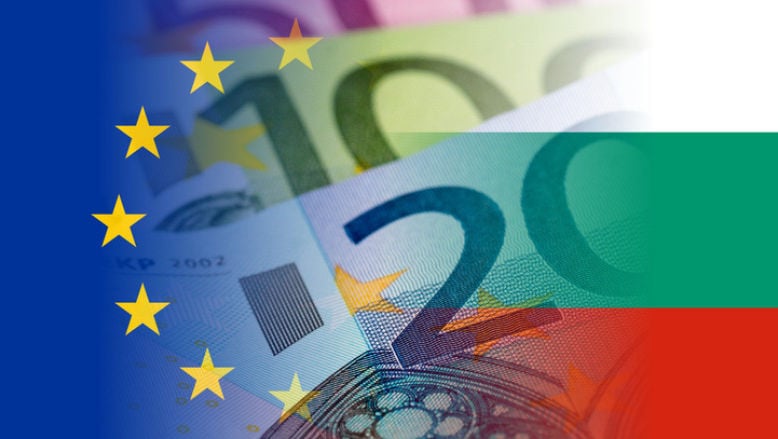
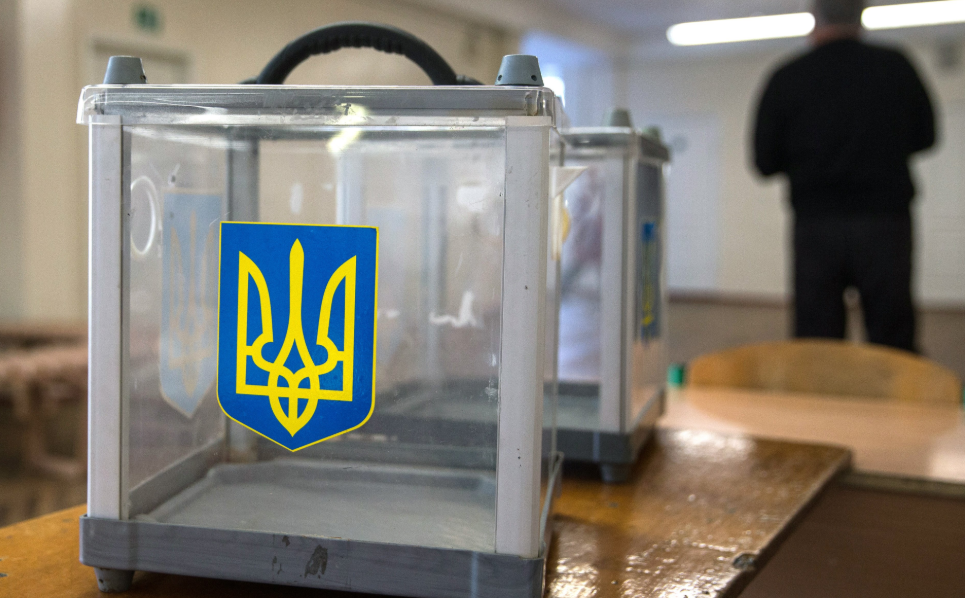









Comentează